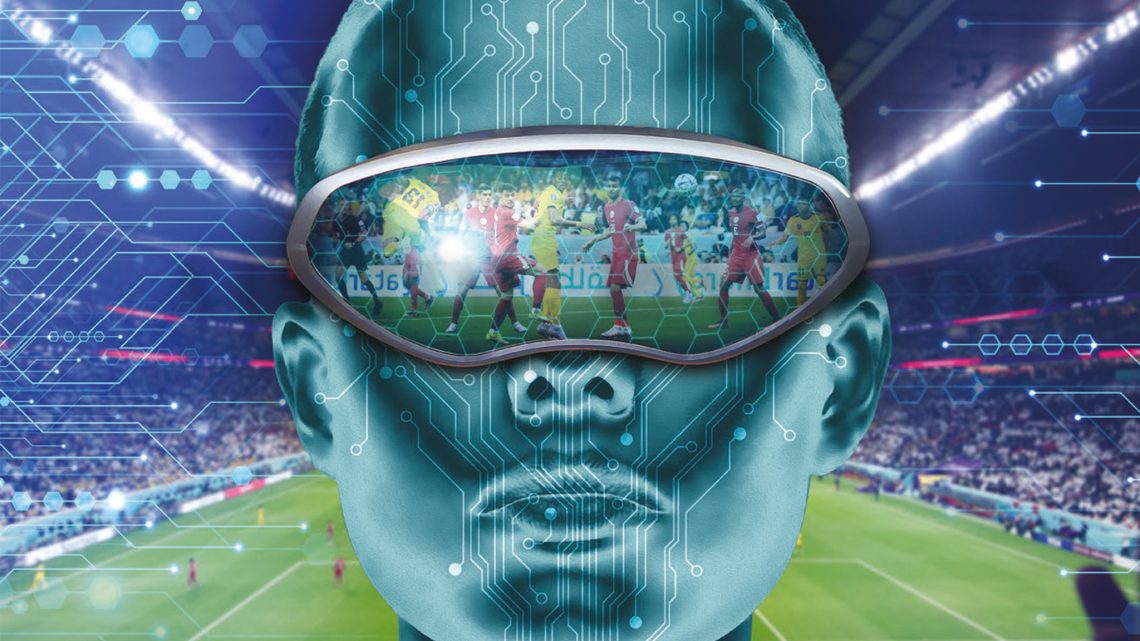
How do Digital Sports Compare to Physical Sports
The world of sports has undergone a significant transformation with the rise of digital technology. Traditional physical sports have long been cherished for their physicality, skill, and camaraderie, while digital sports, also known as esports, have gained immense popularity in recent years. Let’s explore the differences between digital and physical sports and the unique aspects they bring to the table.
Physical Sporting Activities
Physical sports have a rich history dating back centuries. They involve various physical activities such as running, jumping, throwing, and tackling. Whether it’s team sports like soccer, basketball, or rugby, or individual sports like tennis, swimming, or athletics, physical sports require athletes to display their prowess through physical strength, agility, and endurance.
Participating in physical sports promotes fitness, teamwork, discipline, and personal growth. It offers the opportunity for athletes to compete at both amateur and professional levels, with numerous prestigious events and leagues organized worldwide.
The Digital Sports Arena
On the other hand, digital sports revolve around competitive video gaming, where players compete against each other in virtual environments. Esports encompasses a wide range of games, including multiplayer online battle arenas (MOBAs), first-person shooters (FPS), sports simulations, and strategy games.

Digital sports have gained a massive following, attracting millions of viewers and offering lucrative prize pools. Professional esports players are celebrated for their exceptional reflexes, strategic thinking, and hand-eye coordination. Esports tournaments fill arenas and are live streamed globally, creating a unique form of entertainment that blends gaming, competition, and spectatorship.
The Differences
One notable difference between digital and physical sports is the physicality involved. Physical sports require athletes to exert themselves physically, utilizing their bodies to perform various actions. The level of physical fitness and athleticism is a crucial factor in achieving success in physical sports.
In contrast, digital sports, and activities like horse race betting focus more on mental acuity, strategic thinking, and analysing data. Horse race bettors rely on their knowledge of horse racing, jockeys, track conditions, and various betting strategies to make informed decisions and potentially win bets. While physicality is not a central aspect of digital sports and horse race betting, players and bettors still need to maintain their focus, endurance, and sharp analytical skills to make successful predictions and maximize their chances of winning.
Another distinction is the accessibility and inclusivity of digital sports. Physical sports often require specific facilities, equipment, and sometimes even certain weather conditions. This can create barriers to entry for individuals who may not have access to such resources. In contrast, digital sports can be played on personal computers, gaming consoles, or even mobile devices, making them more accessible to a wider audience. Furthermore, digital sports have seen increased gender inclusivity, with a growing number of female players and professional teams, fostering a more diverse and inclusive gaming community.
The spectator experience also differs between digital and physical sports. Physical sports offer the excitement of being physically present in a stadium or arena, witnessing the athleticism and skill of athletes first-hand. The atmosphere, cheers from the crowd, and the communal experience of supporting a team or athlete add to the overall thrill.
Digital sports, on the other hand, have a strong online presence, with live-streamed matches attracting millions of viewers worldwide. Online platforms and social media enable fans to engage with players, participate in virtual communities, and even wager on the outcomes of matches.
The Verdict
Both digital and physical sports have their unique appeal and contribute to the world of sports in their own ways. Physical sports celebrate athleticism, physical endurance, and the joy of physical competition, while digital sports showcase the strategic thinking, reflexes, and teamwork involved in virtual environments.
As technology continues to advance, it will be interesting to see how the worlds of physical and digital sports evolve and potentially intersect, creating new possibilities for athletes, fans, and the sporting industry as a whole.



